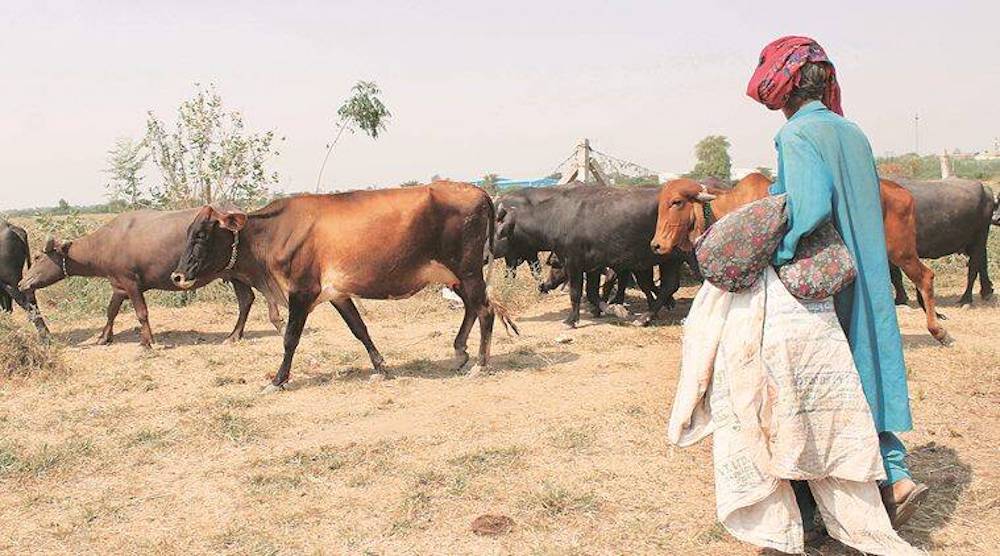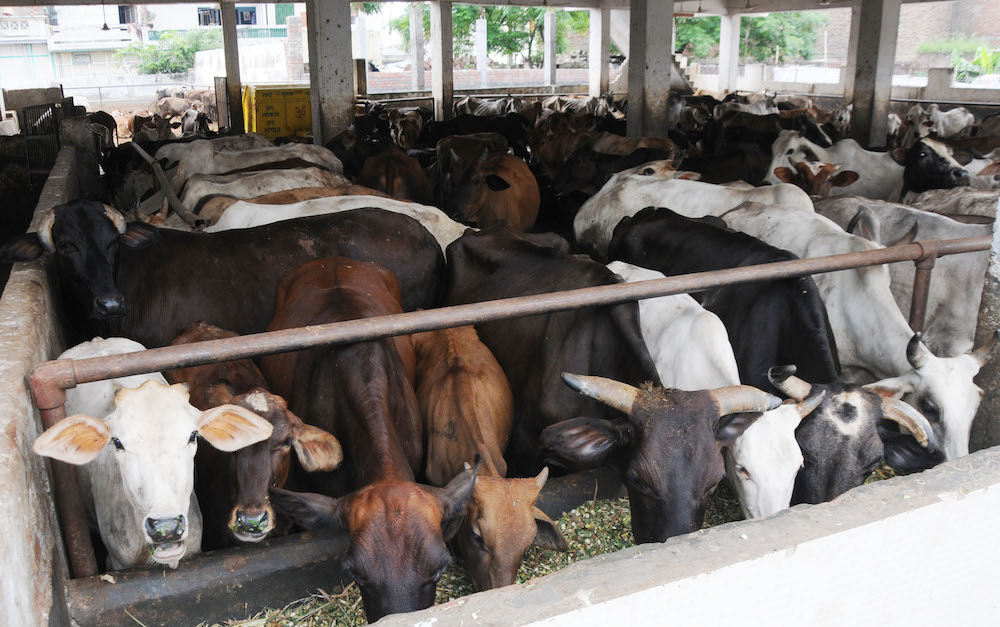Farmers Face Dry Fodder Shortage Due to Wheat Crisis, Climate Change
Due to this year’s unusually hot March and April, farmers in north Indian states face dry fodder shortage because of the wheat crisis amid climate change
In the rain-dependent agricultural setup, many farmers in north Indian states are now facing a dry fodder shortage that’s led to the wheat crisis amid the unusually hotter spring. According to agricultural experts and farmers, increasingly changing climatic conditions are leading to a wheat crisis and acute fodder shortages. The major states dealing with the wheat crisis are Uttar Pradesh, Uttrakhand, and Haryana. Due to the current situation, these states have even banned the transportation of wheat straw to other states.
With the decreased wheat straw yield, the prices of the wheat straw are also going up by two to three times compared to last year’s rates. In 2021, the straw price was INR 400-600 per quintal. However, this year the prices are higher at INR 1,100-1,700 per quintal. And, in Bikaner, Rajasthan, the rate of wheat straw is INR 2,000 per quintal. Due to this, many farmers are not even buying fodder and switching to other means of dry fodder.
Several farmers are even choosing to plant mustard rather than wheat in North India, which needs less water compared to wheat. Plus, the mustard crop is now getting better prices in the market than wheat.

Image: The Indian Express
Addressing the matter, VK Singh, deputy director of the animal husbandry department in Uttar Pradesh, stated another major reason for this fodder shortage. According to him, farmers cannot attain straw when they thresh wheat using a machine. Moreover, farmers burn their fields full of stubble and there’s nothing left for animal grazing.
He also mentioned that with decreased land holdings, now farmers are growing fruits and vegetables on the available land. Even the areas in forests that were used for grazing do not encroach heavily.
According to the 20th Livestock Census in 2019, India has the largest number of livestock and farmers in the world. It has over 535 million livestock animals, as per the Census. And, most livestock animals feed on fodder, particularly straw because it’s easier to store for a longer duration.

Image: Tribune India
Putaan Singh, a scientist at the Indian Veterinary Research Institute in Palampur, Himachal Pradesh, said that straw is the main source of livestock fodder in our country. A buffalo that gives 10 litres of milk requires an average of 30 kg of fodder per day. It includes 4 kg of grains and 5 kg of straw, and the rest is green fodder. But due to the absence of fresh green fodder, farmers are only dependent on straw as fodder.
So, the only way to tackle this fodder crisis, as per Singh, is to impose a complete ban on the commercial use of straw including in brick kilns and the paper industry. He also mentioned that farmers have to start sowing green fodder. There are so many varieties that produce around 4-6 harvests after plantation.
On the other hand, sugar mills can make use of straw, bagasse, and molasses to make bricks. It will not impact sugar mills’ work throughout the year. Meanwhile, the livestock will get the much-needed nutrition.
Via: Down to Earth


